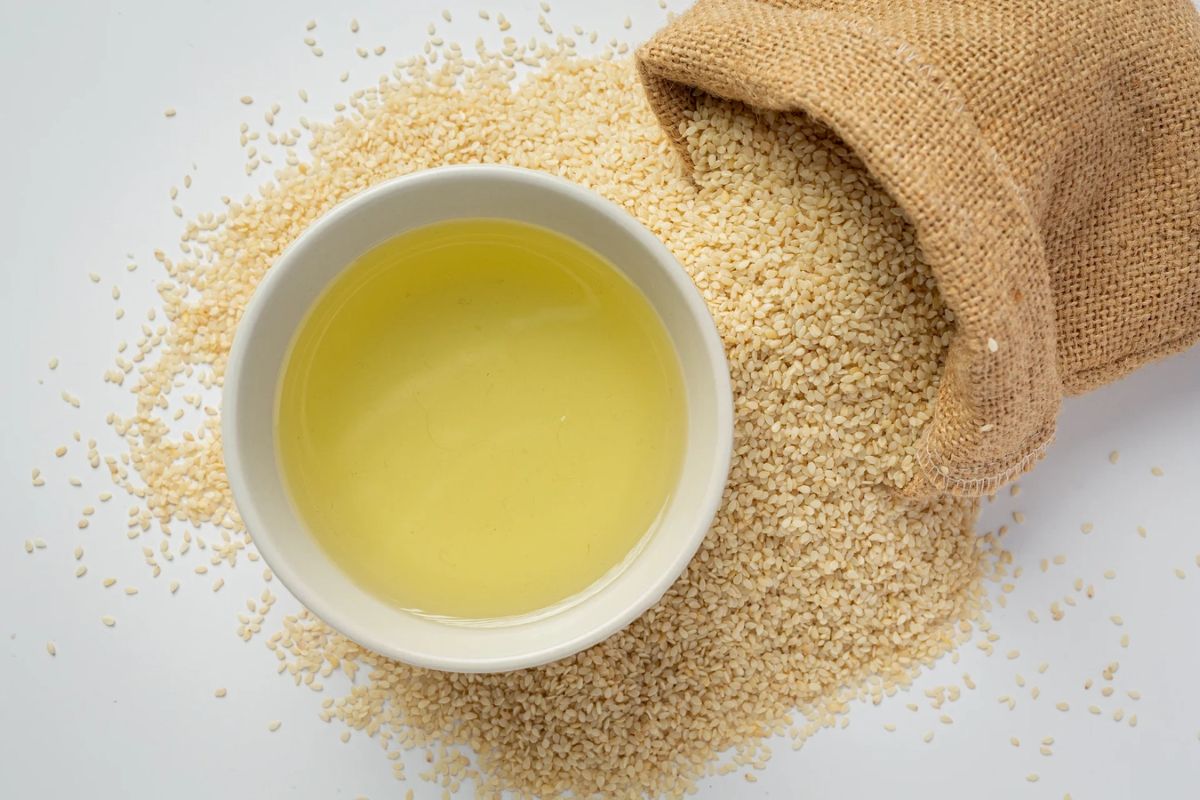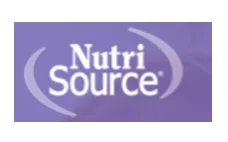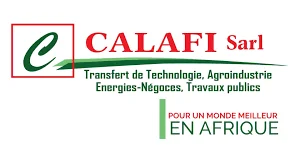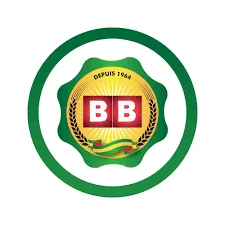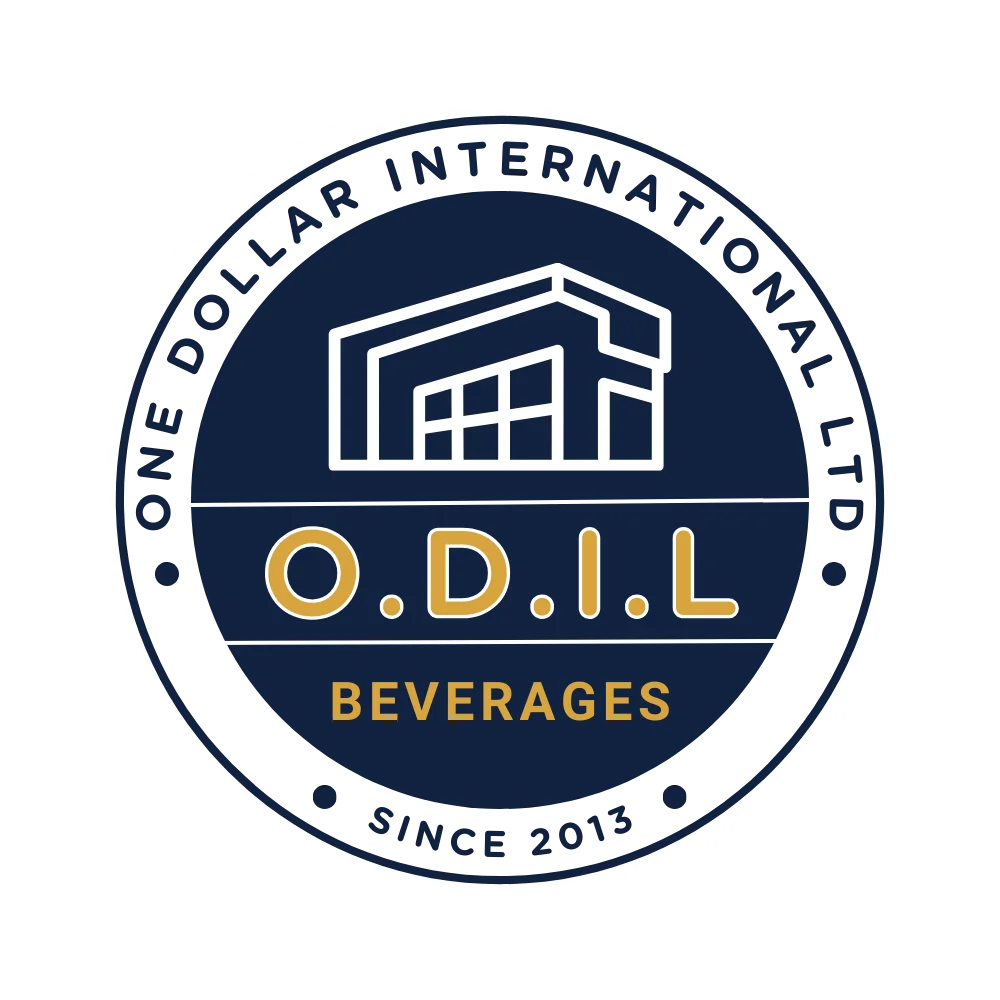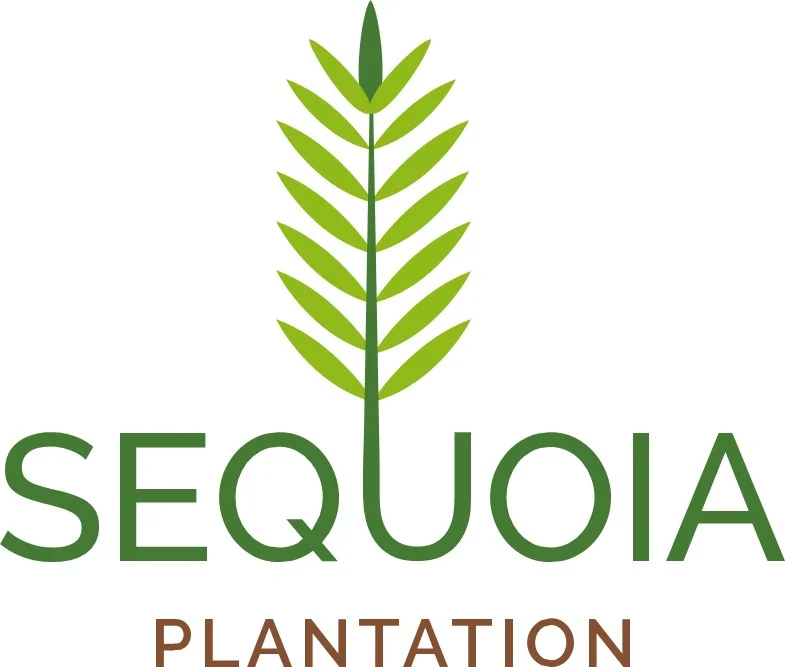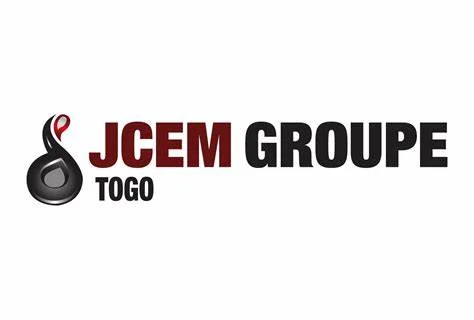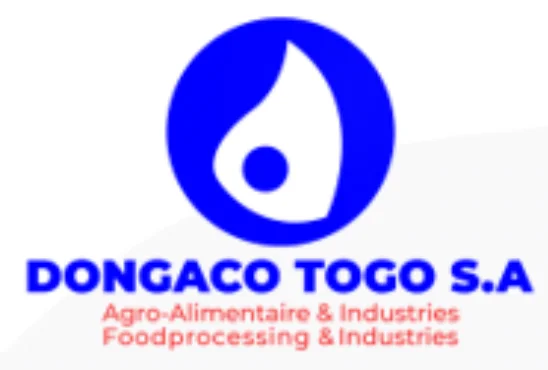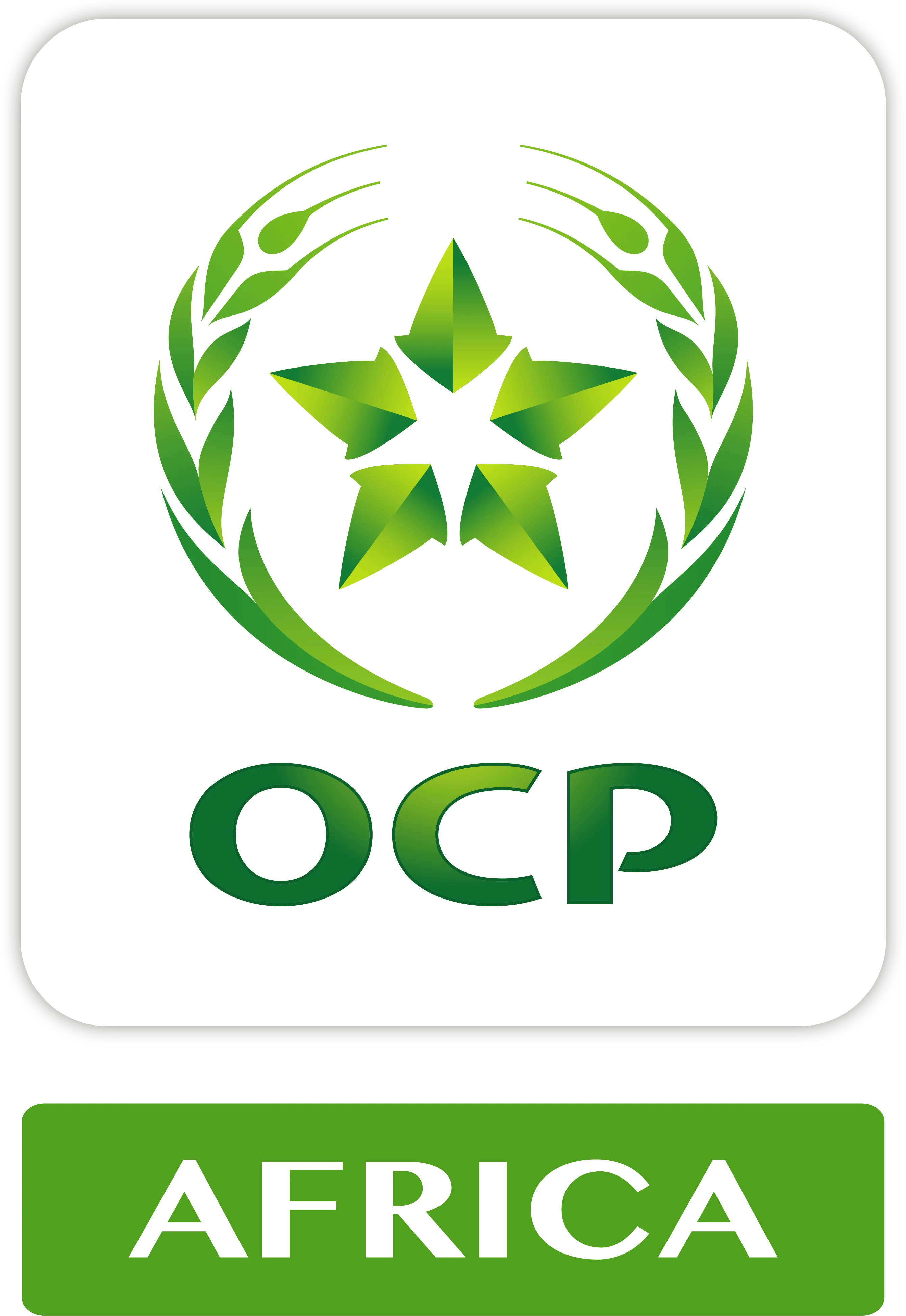What is the significance of sesame production in Chad?
Sesame is an important cash crop in Chad, providing income for many farmers and contributing to food security. Its seeds are highly valued for their oil content and nutritional benefits.
What are the key growing conditions for sesame in the ZISARH zone?
Sesame thrives in well-drained soils with adequate sunlight and moderate rainfall. The ZISARH zone’s climate is generally favorable for sesame cultivation, but local soil assessments are necessary.
What are the main export markets for Chadian sesame?
Chadian sesame is primarily exported to countries in Asia, Europe, and the Middle East. Identifying key buyers and establishing trade relationships can enhance export opportunities.
What are the processing options for sesame seeds?
Processing can include cleaning, sorting, and oil extraction. Establishing processing facilities can add value to the product and increase profitability for investors.
What role do cooperatives play in the sesame supply chain?
Cooperatives can enhance smallholder farmers' access to markets, provide training, and facilitate collective bargaining. Partnering with local cooperatives can strengthen supply chains.
What are the potential returns on investment in the sesame sector?
Returns can vary based on production costs, market prices, and export opportunities. Conducting a detailed financial analysis can provide insights into potential profitability.
How can investors navigate the regulatory environment for sesame farming and export?
Investors should familiarize themselves with local agricultural regulations, export requirements, and quality standards. Engaging with local authorities and agricultural organizations can provide guidance.
How can technology enhance sesame production and processing?
Introducing modern farming techniques, precision agriculture, and efficient processing technologies can improve yields and reduce waste, making sesame production more profitable.



